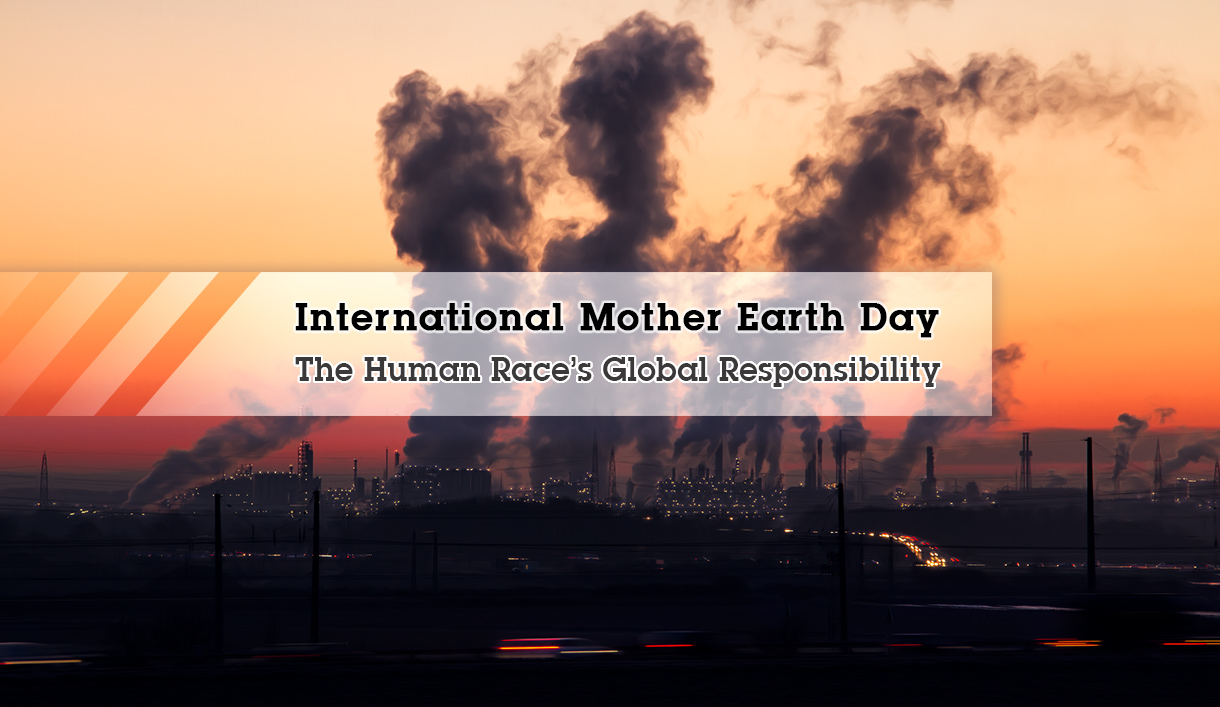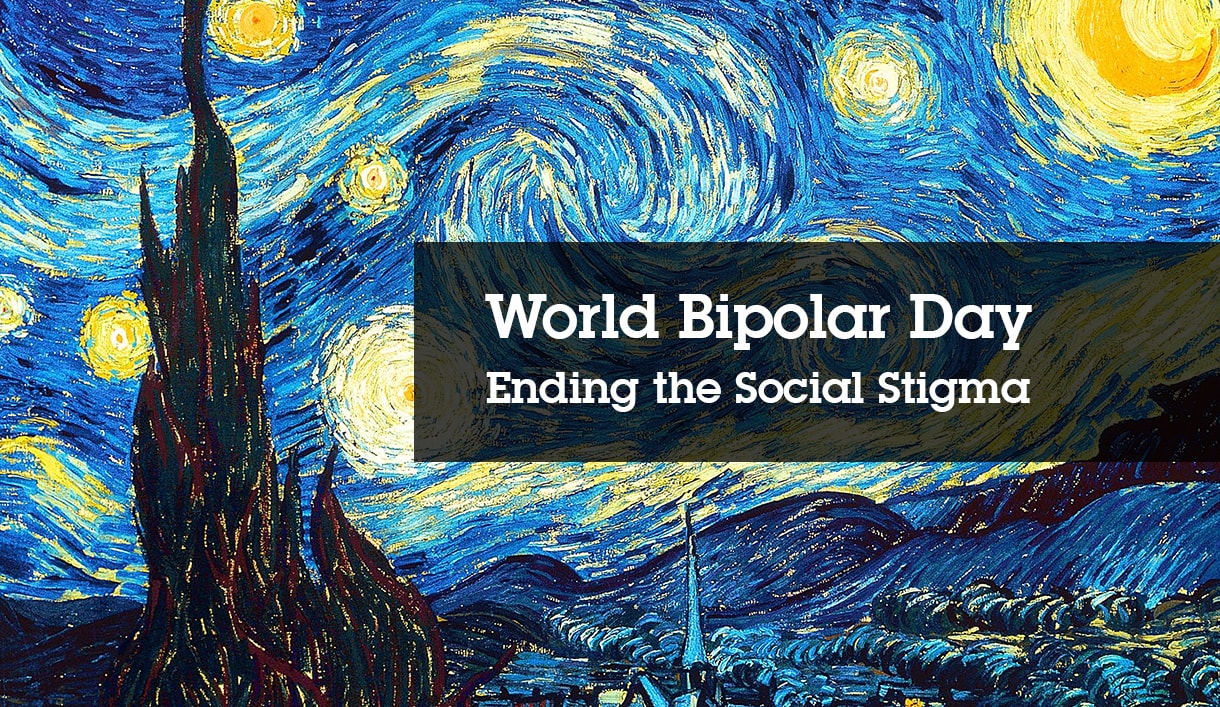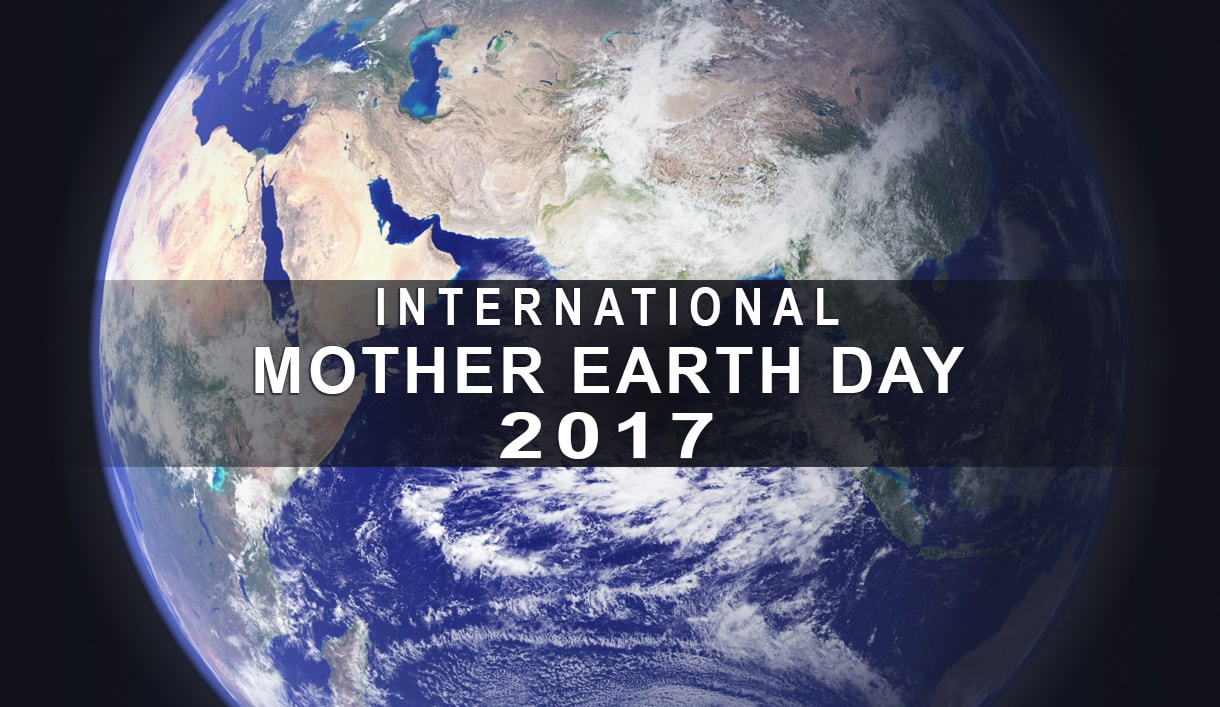International Mother Earth Day
The Human Race’s Global Responsibility
Since 2009, International Mother Earth Day is celebrated on April 22nd every year and is designed to raise awareness of the planet we live on, the life that it supports and how we can safeguard its well-being. As called for in the 1992 Rio declaration, it is the human race’s global responsibility to create a balance between the health of the planet and our economic, social and environmental needs in this generation and of those to come.
Taking the decision to have this day every year ensures that awareness of how we live and how this affects the eco systems around us does not wane as it is brought to the fore annually.
According to the United Nations (UN), “Mother Earth” is
“…a common expression for the planet earth in a number of countries and regions, which reflects the interdependence that exists among human beings, other living species and the planet we all inhabit…”
The UN have created a set of 17 goals that will “…Transform our World…” which encompass the use of energy, industrial growth, gender equality, sustainability and use of resources. Each goal outlines the issues the world faces and then goes on to devise set targets on how to improve. The link to the full outline is as follows: https://www.un.org/sustainabledevelopment/sustainable-development-goals/
In the Global Shapers forum annual survey in 2017, nearly half of the “millennials” (a person reaching young adulthood in the early 21st century) cited climate change as the most serious issue that the world faces at present. They could be right and it is encouraging that this section of the population recognises this as the “millennials” are our future leaders.
A Multi-Faceted Issue
However, climate change is a multi-faceted issue that incorporates global temperature rises, pollution to oceans, land and air and consumption of natural resources. All these areas are included separately in the UN goals.
There has been a great deal of discussion recently over the plastic microbeads used in cosmetics and industry that have found their way into the food chain as well as the “plastic islands” that are made up of masses of plastic waste floating on the ocean near the Caribbean. There is also the concern that landfill sites are full and therefore we are struggling to cope with the waste we as a species produce.
In 1992 the Rio Earth Summit formulated the “Rio Convention” which adopted the UN Framework on Climate Change. Following this summit, you may have noticed reference to COP 20, COP 21, etc. COP stands for “Conference of Parties”. The COP meet annually in different locations around the globe in order to continue agreements on climate change. In COP 21, Paris, the first firm agreement was made to keep the increase in the earth’s temperature below 20C.
The global temperature has risen sharply over the last 17 years. NASA give very good demonstrations on CO2 levels, rising temperatures across the globe and the effects these issues are having on the planet. They have included time lapse photography and images to visually demonstrate the issues (https://climate.nasa.gov/scientific-consensus/). It is fascinating to watch but then alarming when realisation dawns that this is what has happened and what is continuing to happen.
The effect of global warming goes further than just the ambient temperature. National Geographic have written articles on this very topic, again with accompanying images to help lay people (like myself) to understand this issue, the causes and how we can improve. Global warming affects:
- The ice sheets in the Arctic
- Ice in Greenland, Norway and mountain ranges such as the Himalayas
- Decline of species in the affected icy areas
- Rises in sea levels
- Changes in the way the ocean currents flow
- Changes in the salinity of the oceans
- Increased temperature in sea levels that result in bleaching of coral
- Increase in precipitation across the world resulting in more flooding
- Species moving their territory to areas not previously occupied
- Some invasive species are thriving e.g. spruce bark beetles in Alaska that have eaten the spruces covering around 4 million acres.
So, on Mother Earth day, we should look at how we each impact on our tiny section of the globe and how this affects the globe collectively. We should think about doing one thing that will improve our effect on the planet – this could include:
- A plan to recycle more;
- Use less packaging;
- Waste less water;
- Stop using coal for fires and switch to smokeless fuels;
- Consider the impact of our transport – walk or cycle instead of taking the car;
- Plant flowering trees, shrubs and encourage wildlife;
- Use less plastic.
All of these areas are tiny changes that each individual can make, but globally if we all did it the effect could be massive and sustain our Mother Earth for longer.
Victoria Hughes
BSc(Hons.), DipNEBOSH, EnvDipNEBOSH, MCMI, CertIOSH
Sources:
https://www.nationalgeographic.com/environment/global-warming/big-thaw/
https://climate.nasa.gov/
https://www.nrdc.org/stories/global-warming-101?gclid=EAIaIQobChMIzY-Dkee22AIVB7jACh09xQlZEAAYASAAEgI27PD_BwE
https://www.cop21paris.org/about/cop21
https://shaperssurvey2017.org/static/data/WEF_GSC_Annual_Survey_2017.pdf
https://uk.businessinsider.com/world-economic-forum-world-biggest-problems-concerning-millennials-2016-8
https://www.harmonywithnatureun.org/chronology/
https://www.un.org/en/events/motherearthday/resources.shtml
https://www.un.org/development/desa/disabilities/envision2030.html









Leave a Reply
Want to join the discussion?Feel free to contribute!